32 interesting facts about albino dogs
These interesting facts about albino dogs are sure to have you falling in love with this unique pooch.
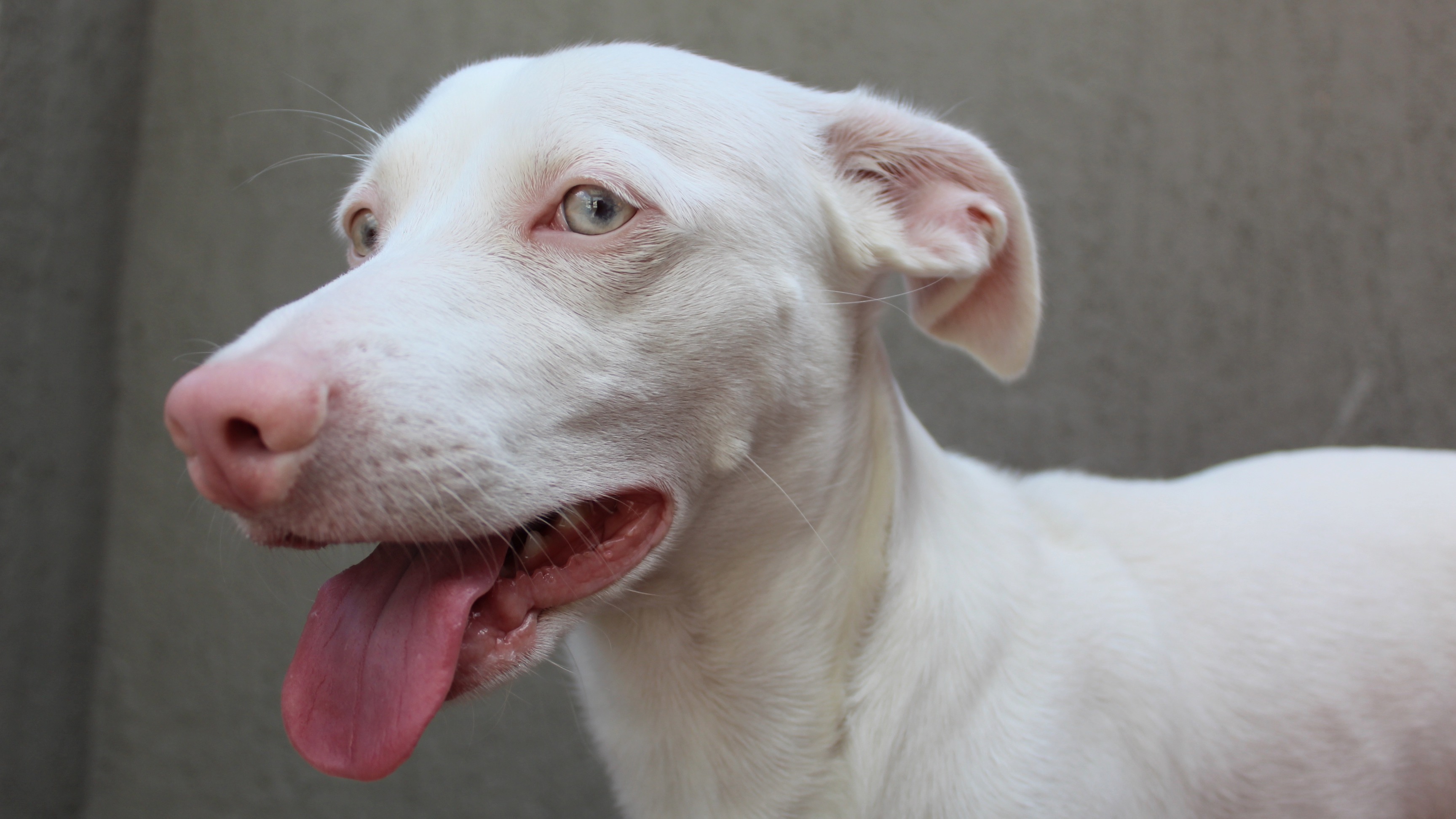
Looking for interesting facts about albino dogs? You’ve come to the right place! For a long time, people disagreed about whether albino dogs even existed and when they finally did agree, a lot of myths and misconceptions surrounded this mysterious pup.
For example, did you know that albino dogs aren’t a breed in their own right? It’s true! Albinism is actually a rare genetic condition that can occur in any breed and the hallmarks include blue eyes, pink eye rims, a pale pink nose, paw pads, and lips.
Because they’re not a breed in and of their own right, albino dogs love all the things that other dogs love – the best dog treats, toys, a good walk through the park, and lots of love and affection from their owners.
However, they do have some special needs that you’ll want to take into consideration before deciding to adopt one. Read on as we reveal a bunch of interesting facts about albino dogs – and number five really surprised us!
Facts about albino dogs
1. Albino dogs are very rare

Albinism is a rare genetic condition that causes a lack of pigmentation in the skin, hair and eyes. Because the gene itself is so rare, albino dogs are also incredibly rare.
2. Their eyes aren’t actually pink

If you’ve ever seen an albino rabbit, you will have noticed that their eyes are pink — however the same isn’t true for albino dogs. True albino dogs will typically have pink skin around their eyes but the eyes themselves will be blue.
3. Prone to health issues

Having two copies of the gene that causes albinism puts albino dogs at risk for other genetic deformities. In particular, albino dogs are at greater risk of developing skin cancer.
Get the best advice, tips and top tech for your beloved Pets
4. Require extra care
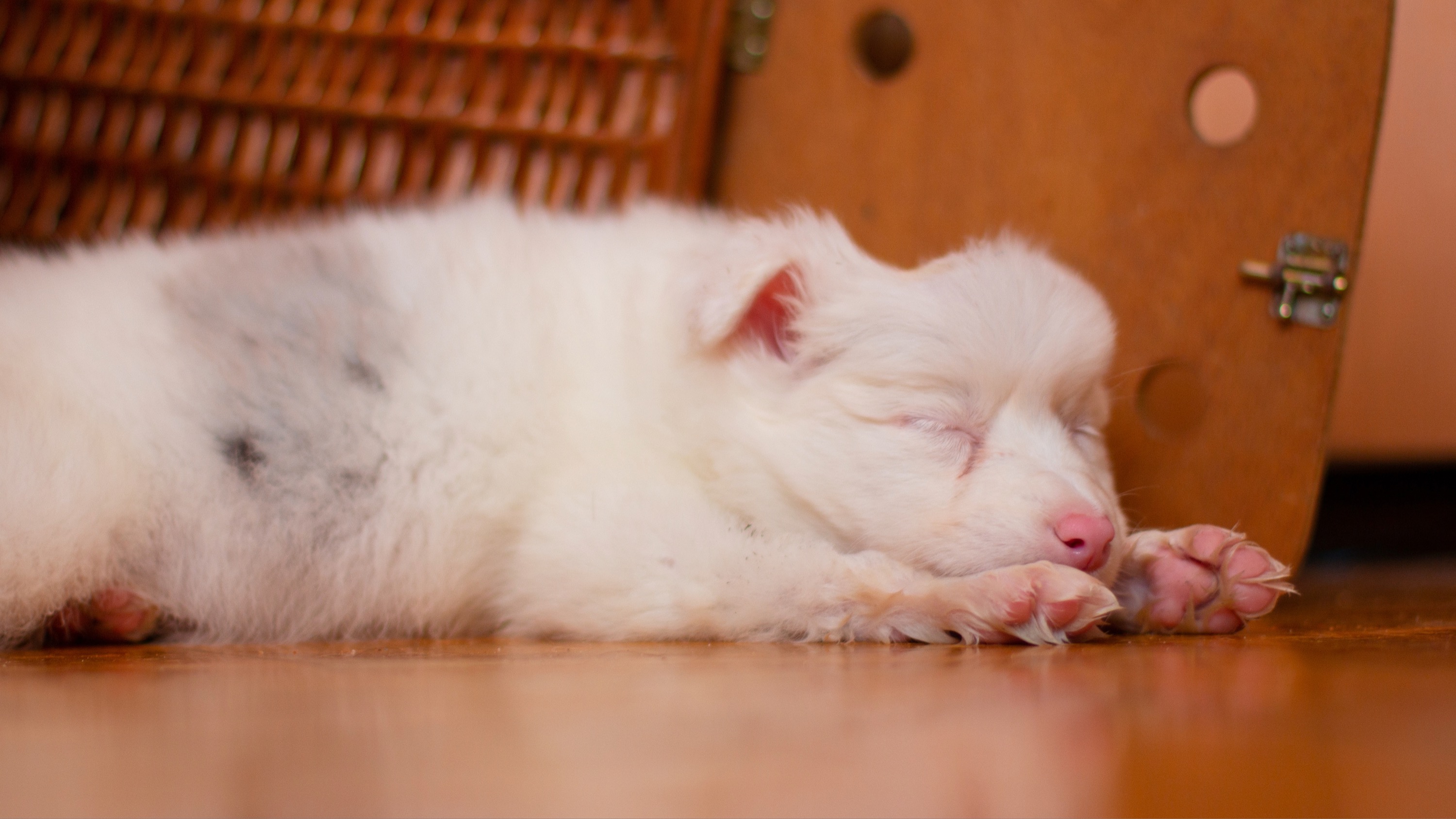
One of the facts you need to know about adopting a dog with albinism is that these pups have a higher risk of health issues and because of that, they may require extra care above and beyond what other dogs would need.
Things like a lack of pigmentation in their skin put them at risk of skin cancer, while their sensitivity to light can result in vision issues.
5. More common in some breeds than others

While you’d think albinism might be something that would affect all dog breeds, it’s a lot more common in some than it is in others. Breeds like the Doberman Pinscher, pug, pekingese, and Pomeranian are all more likely to have albinism.
One of the things you’ll only know if you’re a dachshund owner is that our favorite little sausage dog is prone to albinism too.
6. Different from white dogs
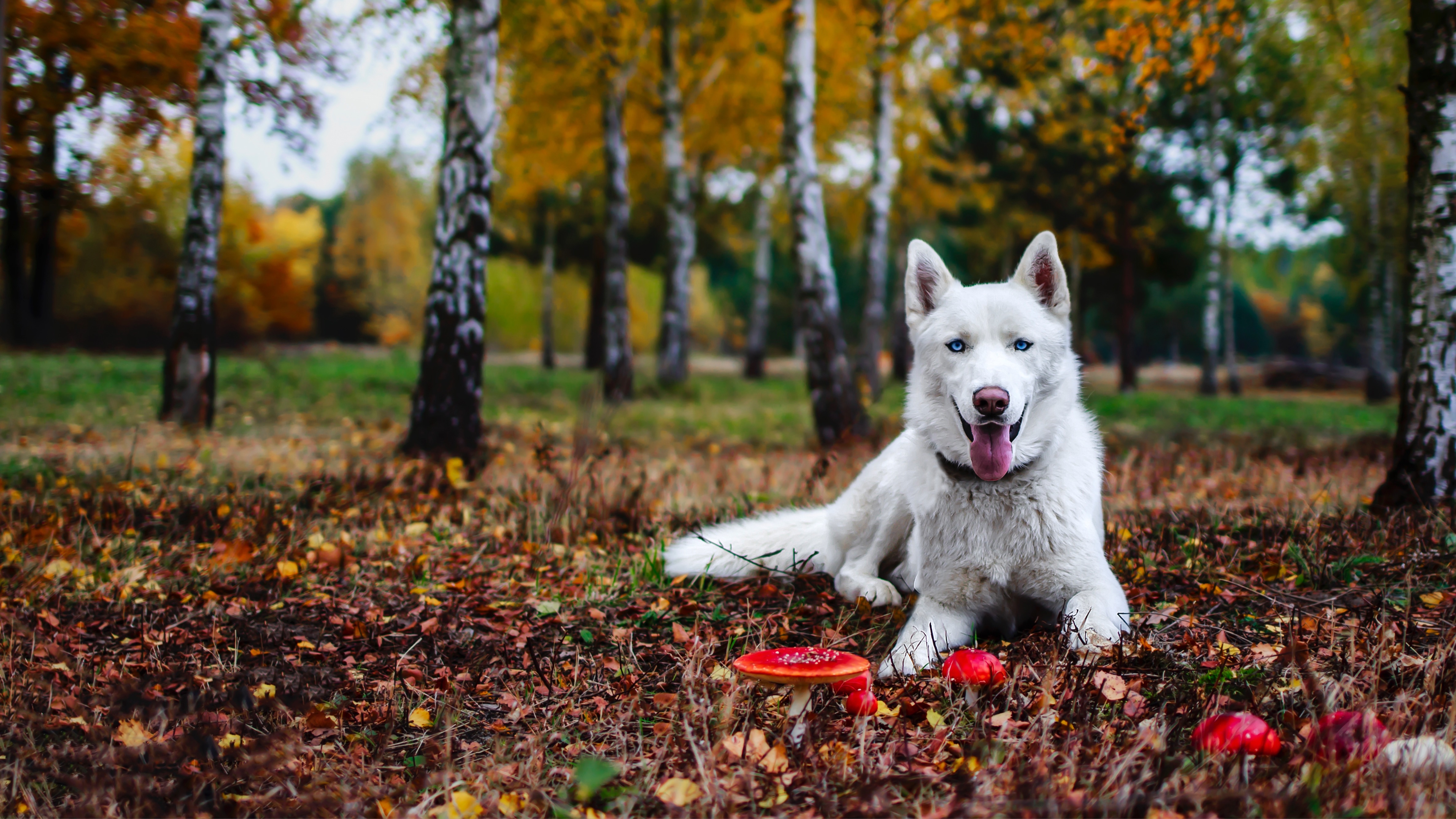
At first glance, they may look the same but white dogs and albino dogs are actually different. White dogs produce the color white, whereas albino dogs appear white because of a lack of pigmentation.
There are other differences too. Albino dogs won’t have any patches of pigment anywhere on their fur or skin and their eyes will be blue with pink rims. They’ll also have a pale pink nose and pale pink skin around their mouth.
7. The albino gene was first identified in a doberman pinscher

The Doberman Pinscher was the first breed in which researchers identified the gene for albinism. This was discovered in 1976 after the first albino doberman was born to two black and rust parents. She was named Padula’s Queen Sheba (we know, quite the mouthful!) and since then, thousands of dobermans have been born from her line – many of them white or albino.
8. There’s more than one gene that causes albinism

There are so many little known facts about cats and dogs, and one thing we were surprised to discover was just how many different genes can result in a dog being born with albinism.
Scientists have discovered more than 60 different genetic mutations in a range of different species that can cause albinism and while research in this area is ongoing, we now know that the gene responsible for albinism in dobermans is the same mutation that causes a particular kind of albinism in humans.
9. Most dogs have a normal lifespan
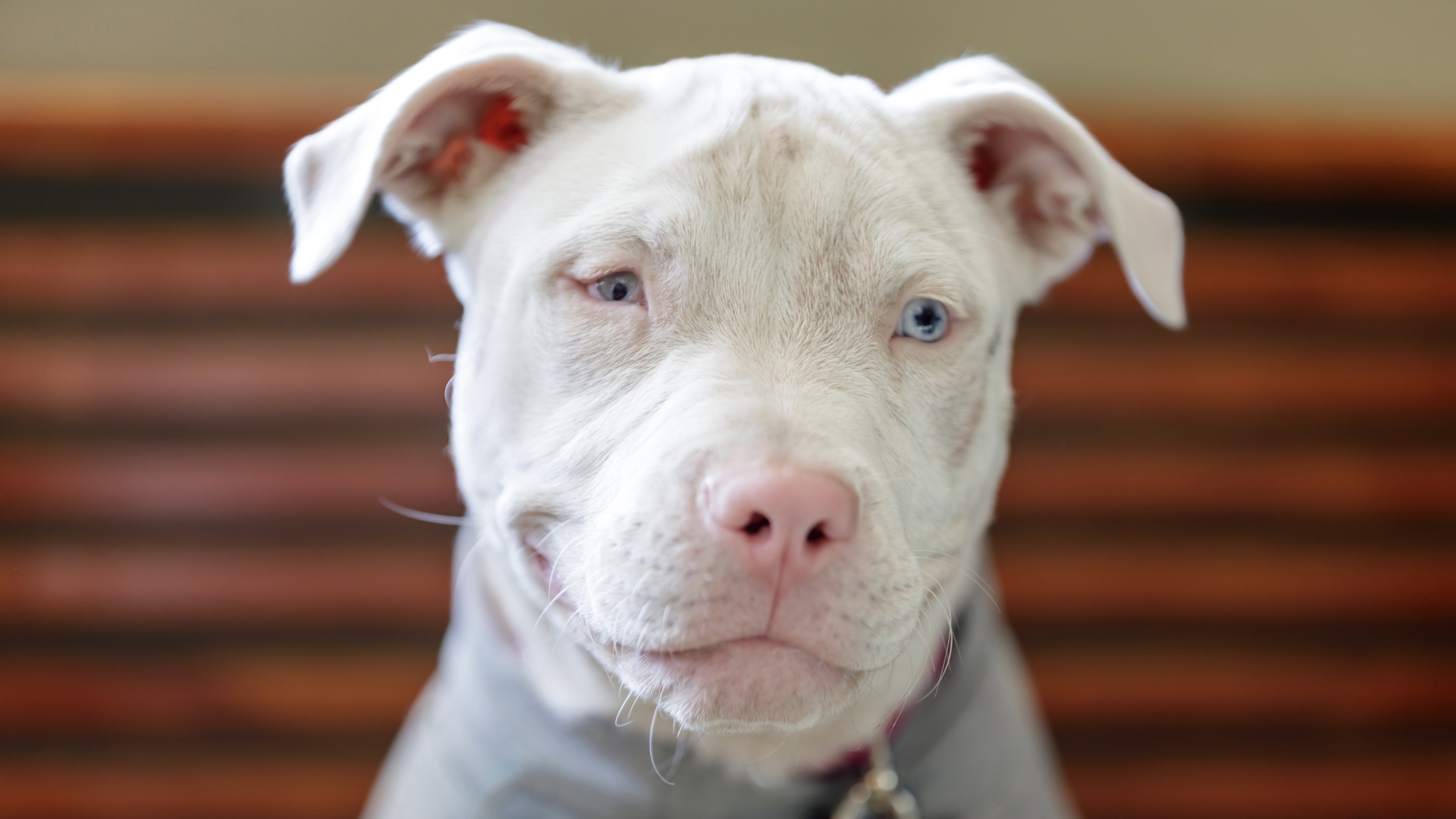
If you have an albino dog, you may be worried that their propensity to be more at risk for certain health issues means they’ll have a much shorter lifespan than other dogs. But rest assured, as long as you take good care of your pup’s skin and eyes, you can expect an albino dog to meet their breed’s natural lifespan.
10. They struggle to see well in bright light
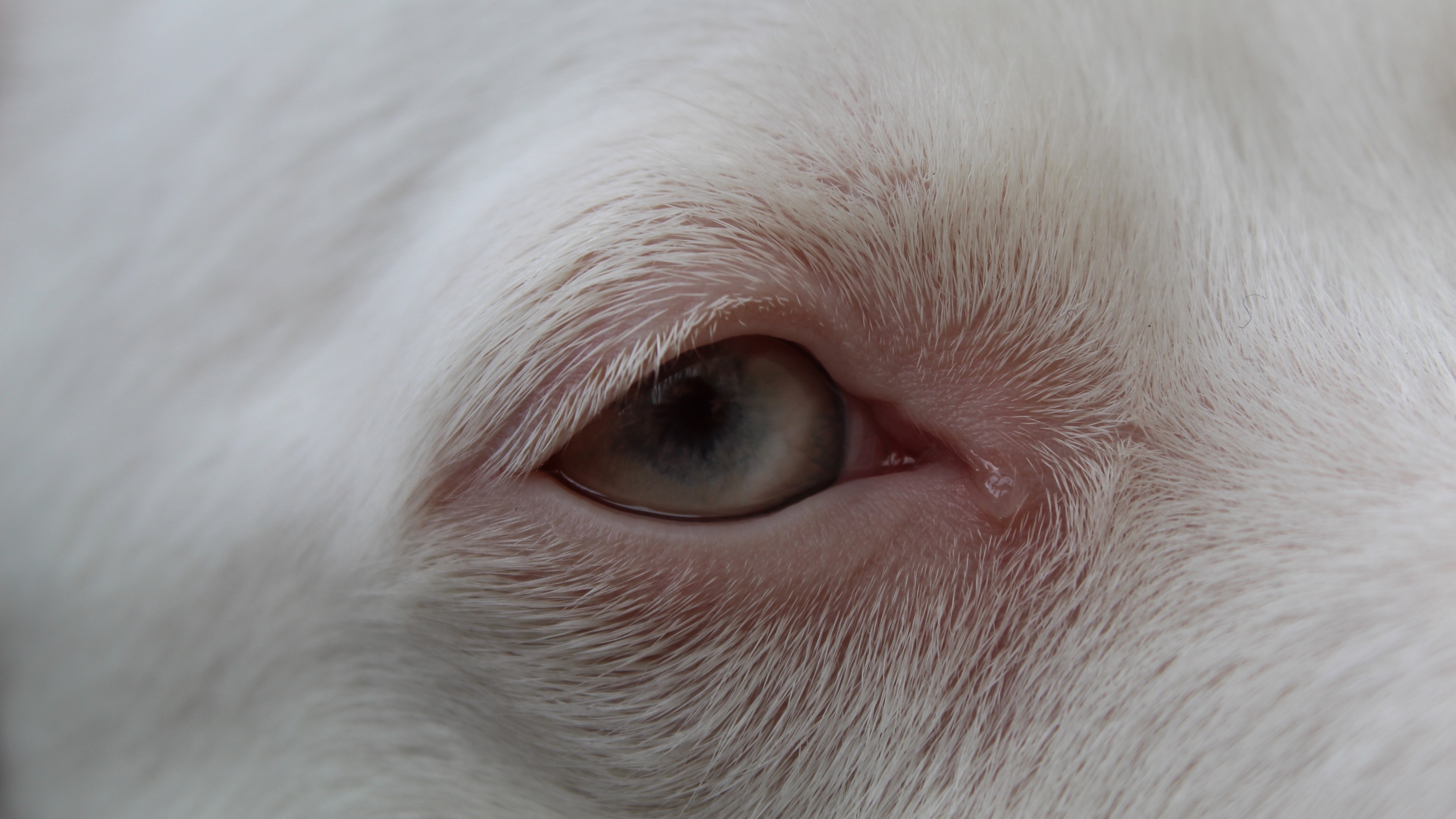
Whether we’re talking about a human or a dog, the role of the pupil is largely the same – to let more or less light in according to light levels in our environment. However, in albino dogs, the lack of pigmentation means the pupil allows almost all light to travel through it, regardless of whether the pupil is open wide or constricted.
As you can imagine, this can be painful for albino dogs and means they’re constantly having to squint when in bright light.
11. Skin issues are common
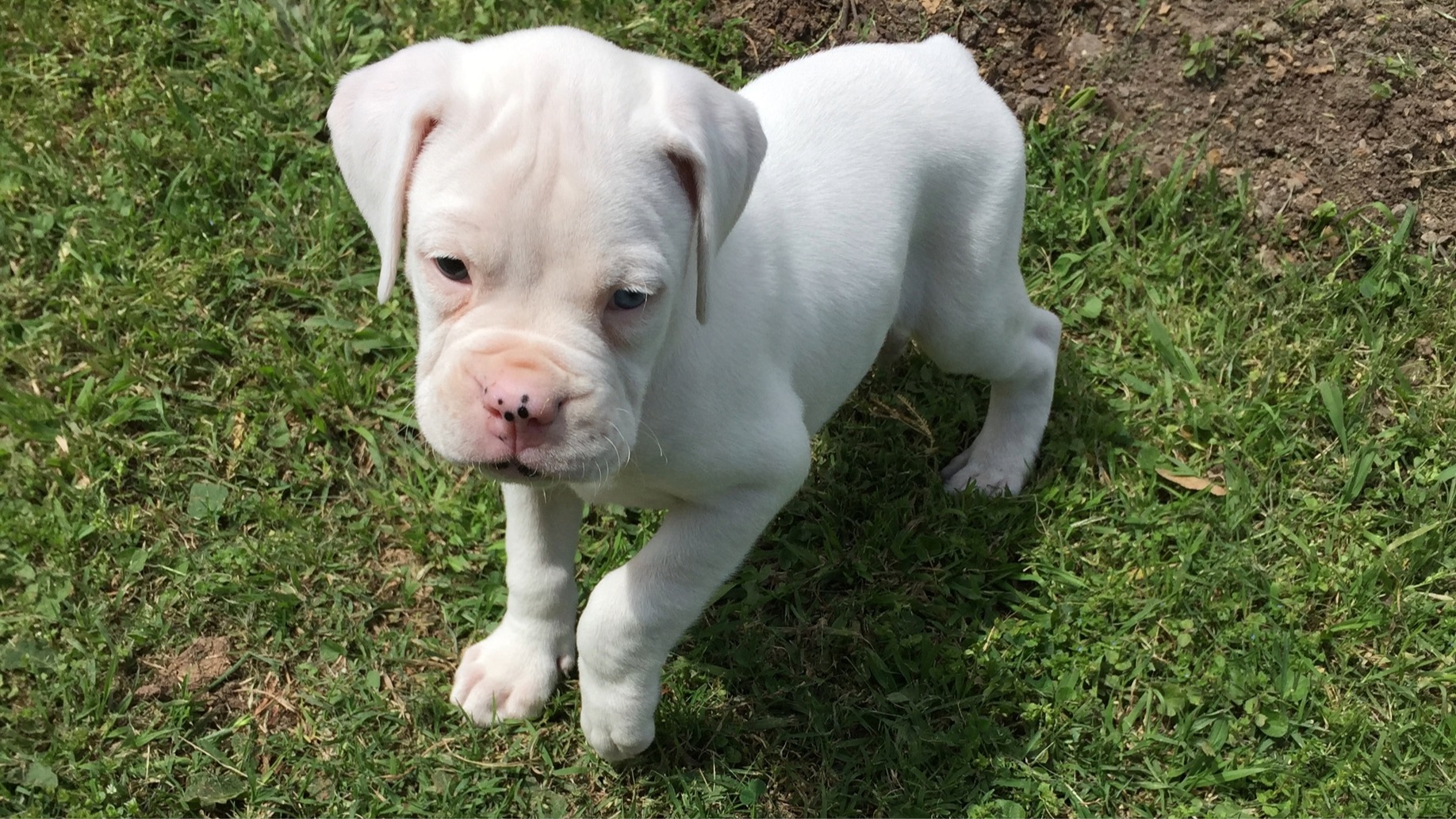
Pigment serves so many important functions, but one of the most vital is the way it protects the skin from the damaging ultraviolet (UV) light that’s beamed down on us by the sun.
An albino dog’s skin and eyes aren't able to do this because it lacks the necessary pigment, meaning these two organs are very susceptible to damage.
12. Sun protection is vital

Because albino dogs are at an increased risk of developing metastatic skin cancers, sun protection is super important. If you need to take your dog outside during peak-sun times, we recommend you use a doggy sunscreen with the highest UV rating possible, paying particular attention to bare skin spots like your dog’s nose and belly.
13. It’s a myth that they’re deaf
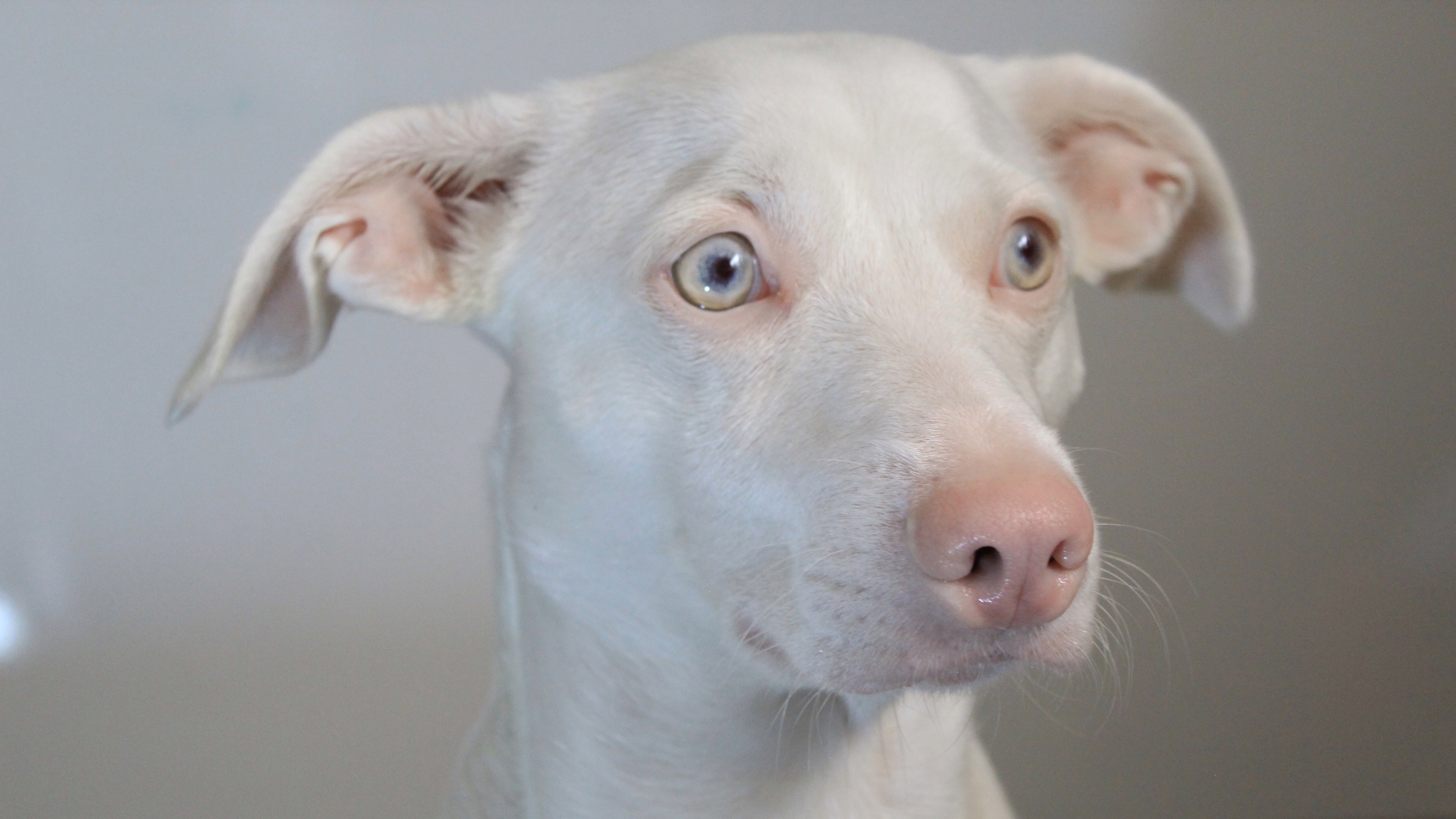
While it’s true that some dogs with certain coat colors and patterns are more prone to deafness, there’s no evidence to suggest that albino dogs are at greater risk.
14. Partial albinism is possible

Although albinism may seem straightforward (a dog either lacks pigment or it doesn’t), a wide variety of albinism is possible in dogs due to the range of melanin each dog has (the substance in their body that produces pigmentation).
In partial albinism, a dog may have enough melanin to produce small amounts of coloring, such as a slight amount of pigment on their nose, but overall they will retain their pale appearance.
15. Some coat patterns get confused with albinism
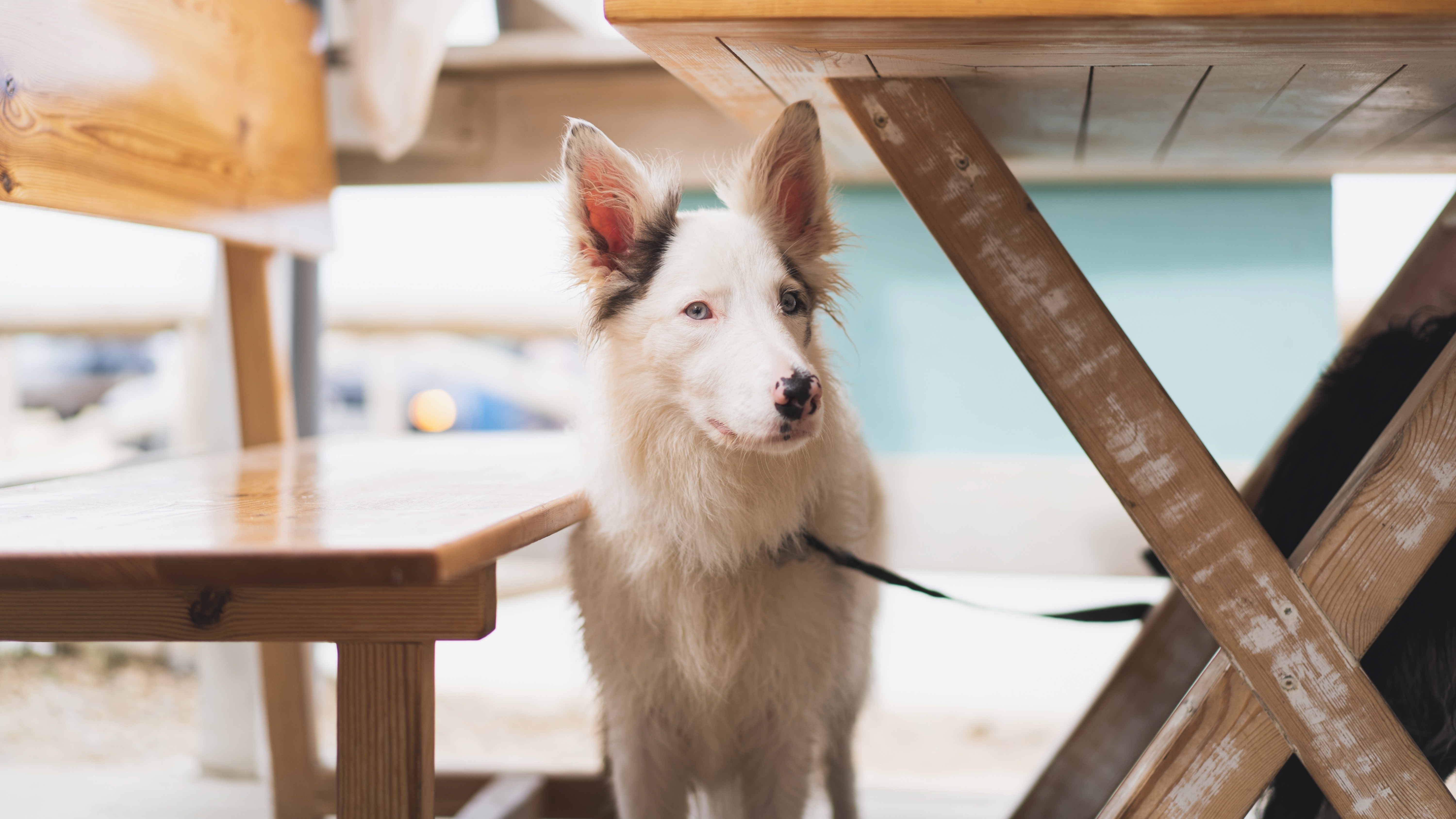
Merle and piebald coat patterns are often confused with albinism. These patterns are most common in breeds like the Australian Shepherd, dachshund and great dane, however this is not true albinism.
For a dog to be albino, they must lack the genes responsible for producing melanin (the pigment that’s responsible for giving skin its color).
16. They require regular vet care

There are lots of things to consider before getting a dog, but it’s especially important to do your research if the pup you’re thinking of welcoming into your home has albinism.
Albino dogs are at a higher risk of health issues than other dogs, particularly vision-related issues and skin cancer, so they need a lot more care. Regular vet checks are advised for this breed and if you notice any lumps or changes to their skin, be sure to speak to your vet straight away.
17. A safe and loving environment is essential

While all dogs need a safe and loving environment to thrive, it’s particularly vital for dogs with albinism. Albino dogs have special needs and owners of these pups will need to be prepared to take on extra responsibilities above and beyond what would be expected with other dogs.
Protecting them from the sun’s harmful rays, extra vet checkups, feeding them a balanced diet, raising them in a home with lots of love and affection, and understanding their unique needs will help dogs with albinism thrive in the world.
18. Albino dogs are not a specific breed
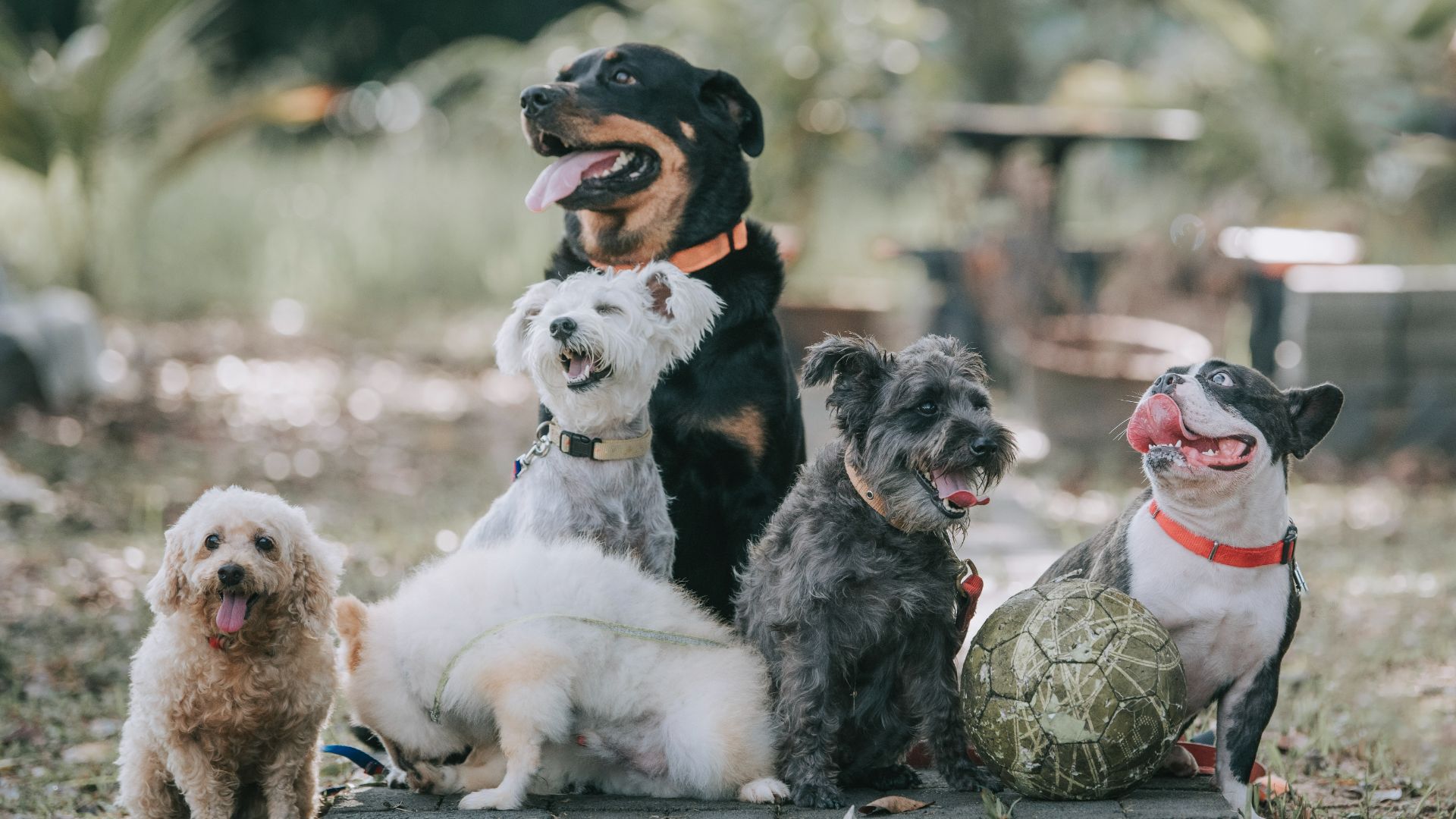
Albino dogs aren’t a breed in and of themselves. Instead albinism is the result of a rare genetic mutation known as tyrosinase that causes a complete lack of pigmentation.
19. Maintaining a balanced diet is important

Although there’s no specific diet recommended for albinism, albino dogs benefit from high-quality nutrition in the form of the best dry dog food or the best wet dog food. In particular, foods that are rich in vitamin E and omega-3 fatty acids can be very beneficial when it comes to maintaining skin health.
20. Regular exercise will help keep them healthy

As with all dogs, exercise will go a long way in helping to keep an albino pup fit and well. While they do require special precautions if they’re exercising outside during the summer (think sunscreen and sunglasses), albino dogs love exercise just as much as any other dog.
One of our top tips for keeping dog walks fun? Let them sniff! Sniffing is brilliant for giving your dog a good physical and mental workout and it will tire them out too.
21. They love to play
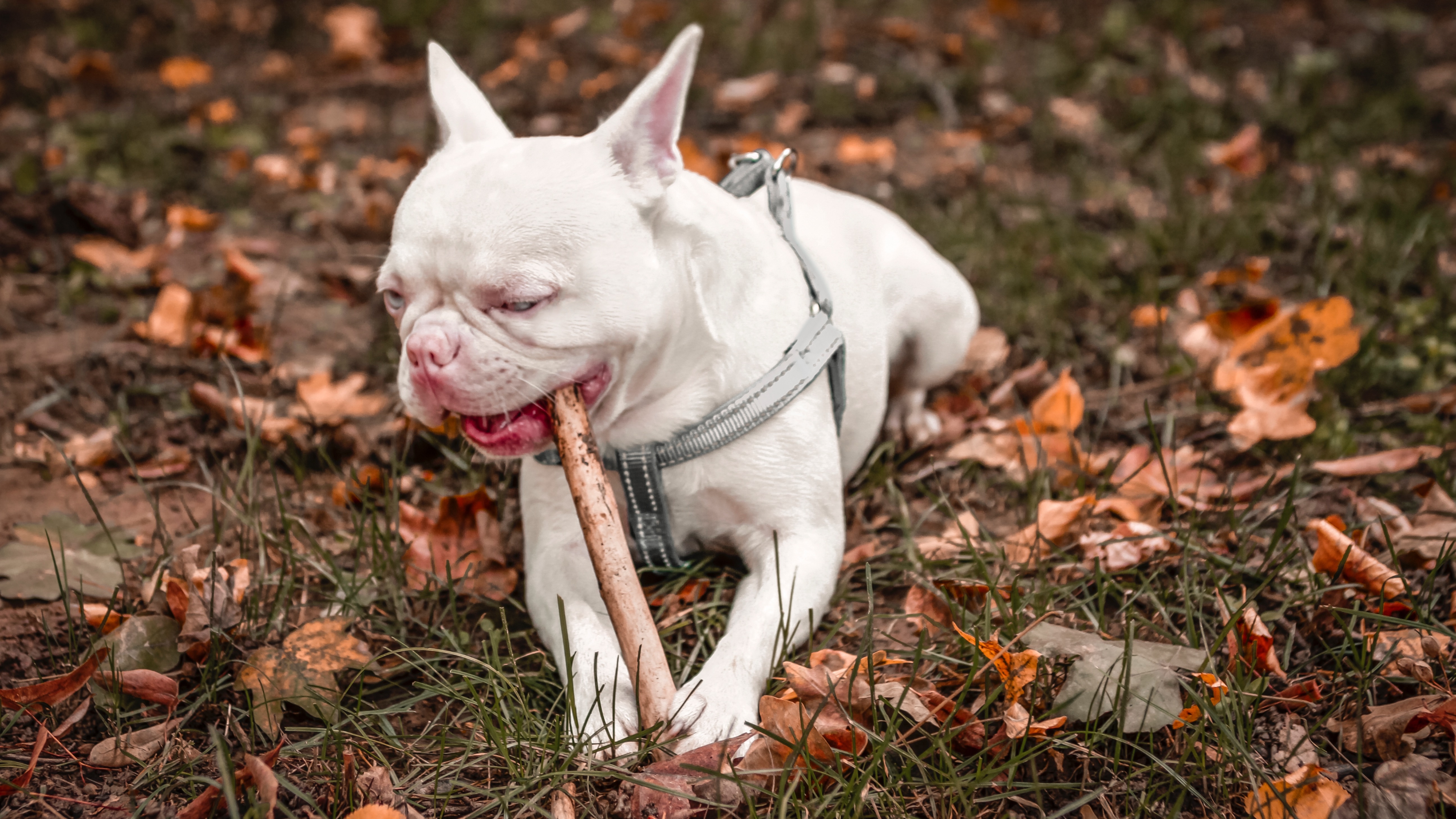
Play is great for all dogs and it’s a wonderful way to bond. Whether you keep things traditional and toss about a few toys that your pup loves or you try out a few new brain games for dogs to give their mind a good workout, your canine companion is sure to thank you for it.
22. Wonderful companions
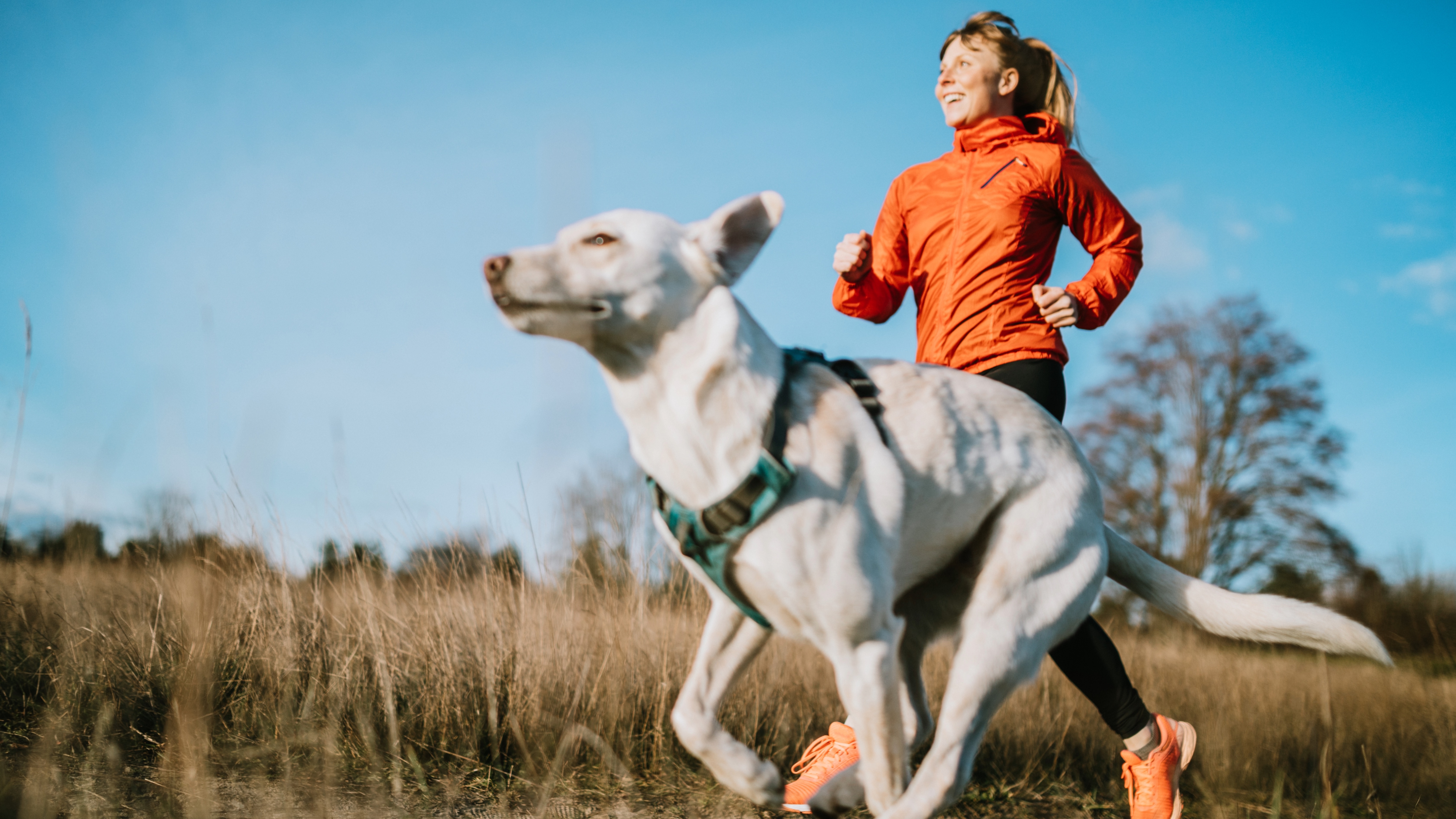
There are so many reasons to adopt a dog and one of our favorites is that they make such fantastic companions. While pups with albinism have a few additional needs above and beyond what other dogs have, with plenty of care and love, they’re guaranteed to become a treasured part of your family.
23. There are other forms of albinism
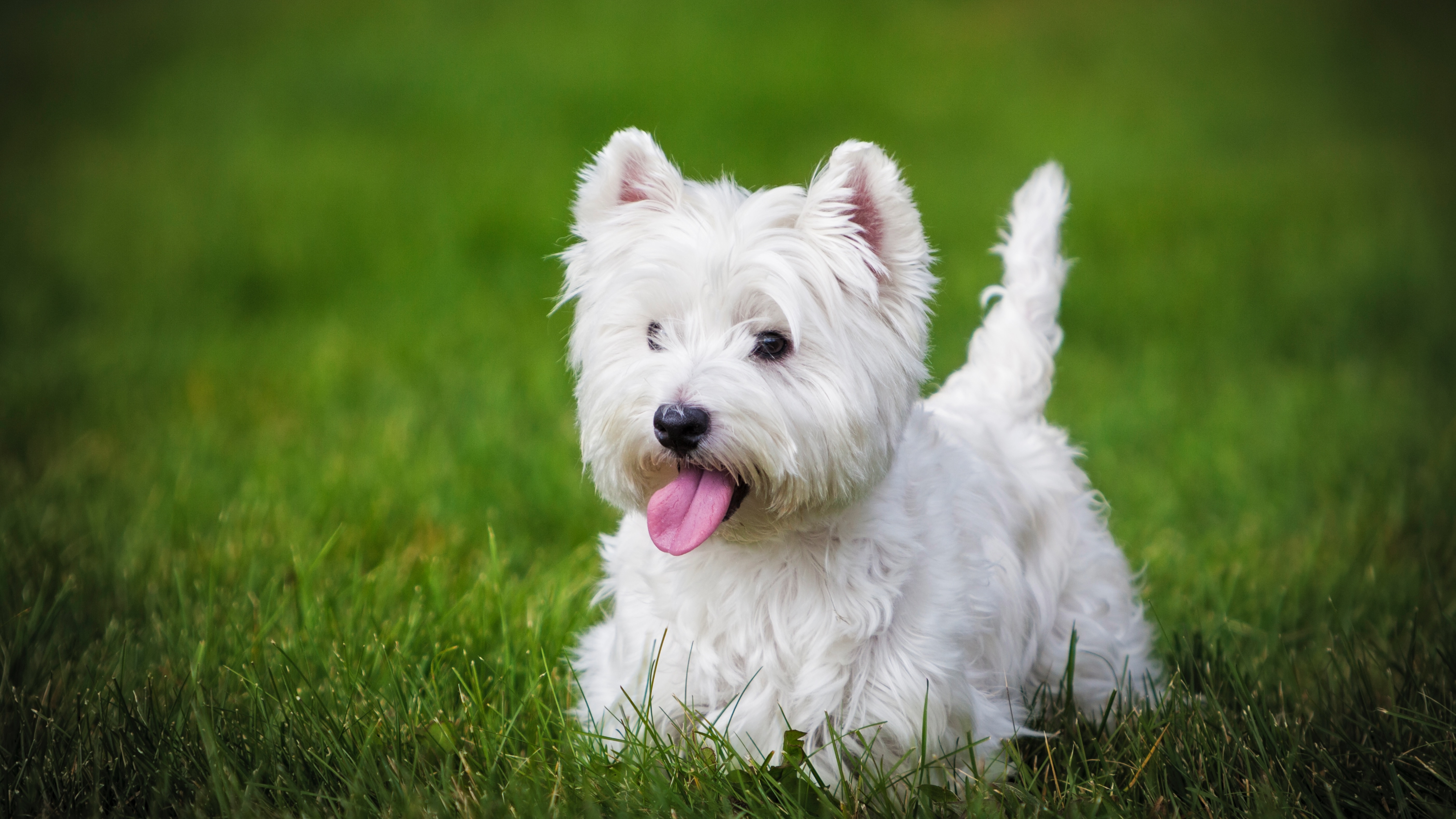
It turns out there are different forms of albinism that result in a dog having white fur even though they have pigment. These forms are known as tyrosinase-positive and they are most commonly seen in white German Shepherds, white Dobermans and West Highland White Terriers. Although these dogs may appear to be all-white, they’re actually a very pale cream color.
24. There are different ways you can tell if your dog has albinism
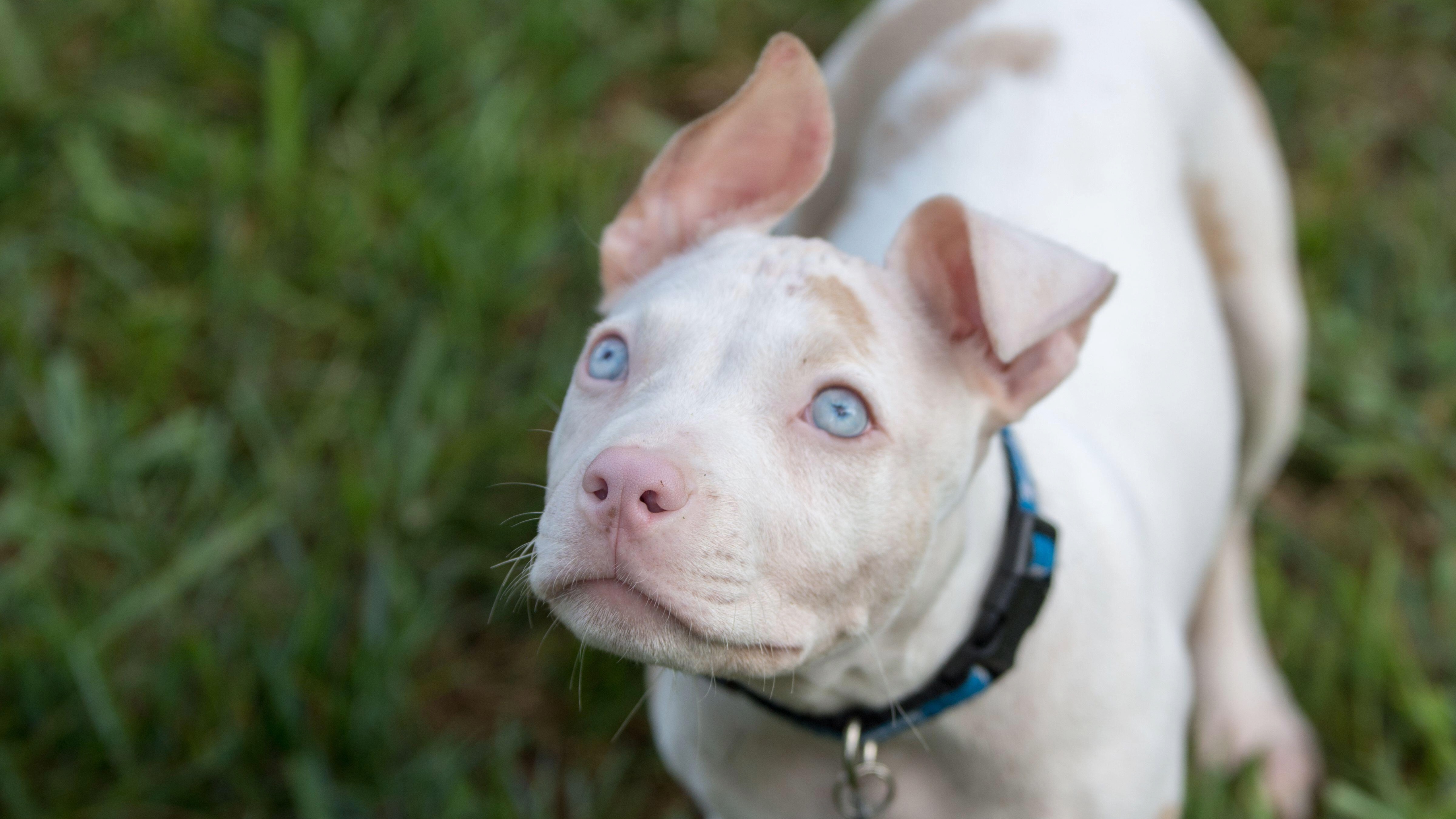
The only way to be 100% certain that your dog has albinism is to have a genetic test carried out. However, if you’d prefer not to incur that expense, there are some ways you can check for this yourself.
If your dog has albinism their eyes, nose, and skin will be a very pale pink, almost to the point where it looks bleached out. Their eyes will likely be blue in color and you’ll notice they squint when in bright light.
25. May require sunglasses
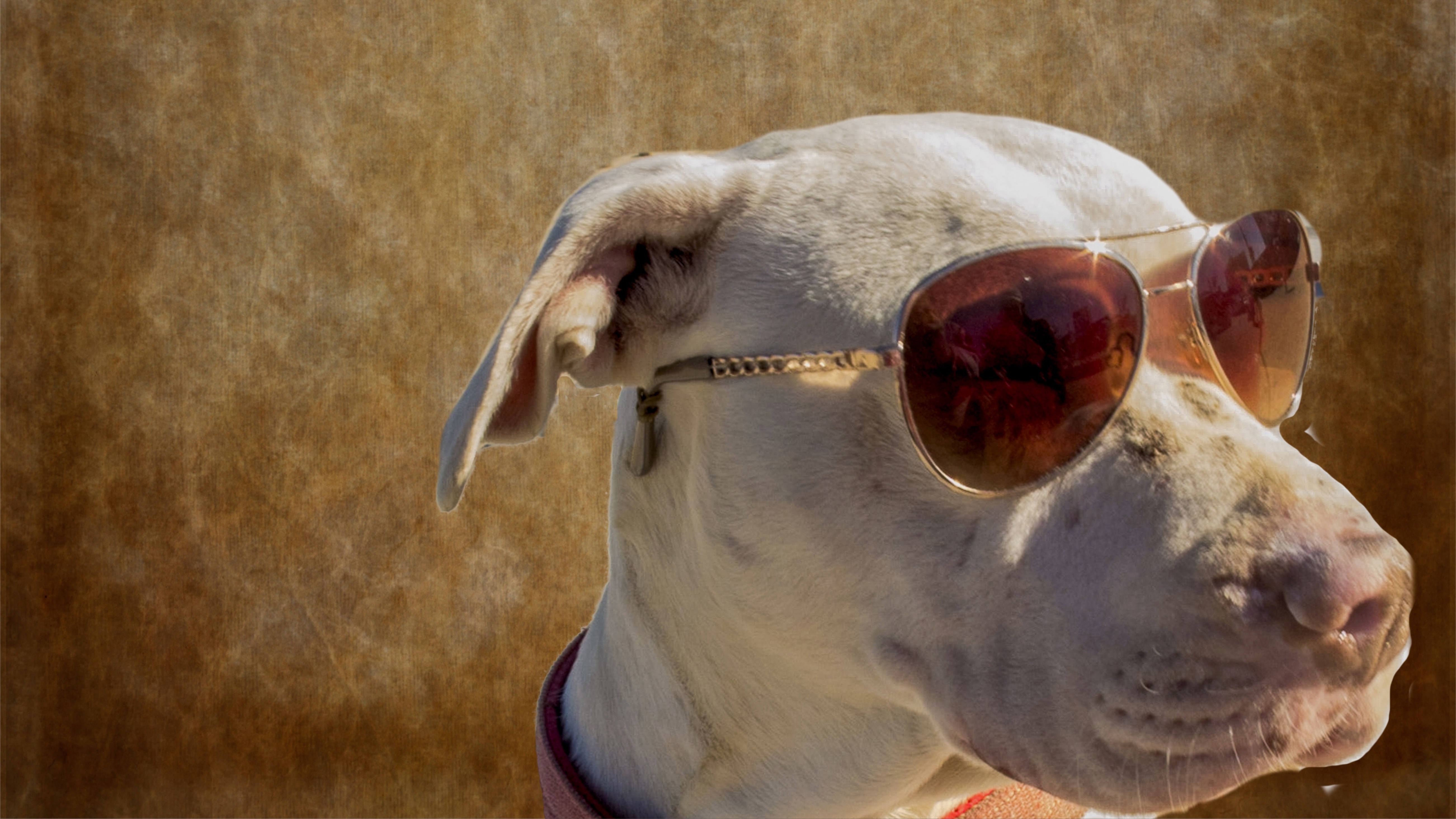
While it may sound silly, vets often recommend owners of albino dogs pop on a pair of sunglasses or goggles on their pup whenever they’re taking them outside. This will help protect their vision and make it less painful for them when they’re out and about in bright light.
26. Sensitive skin
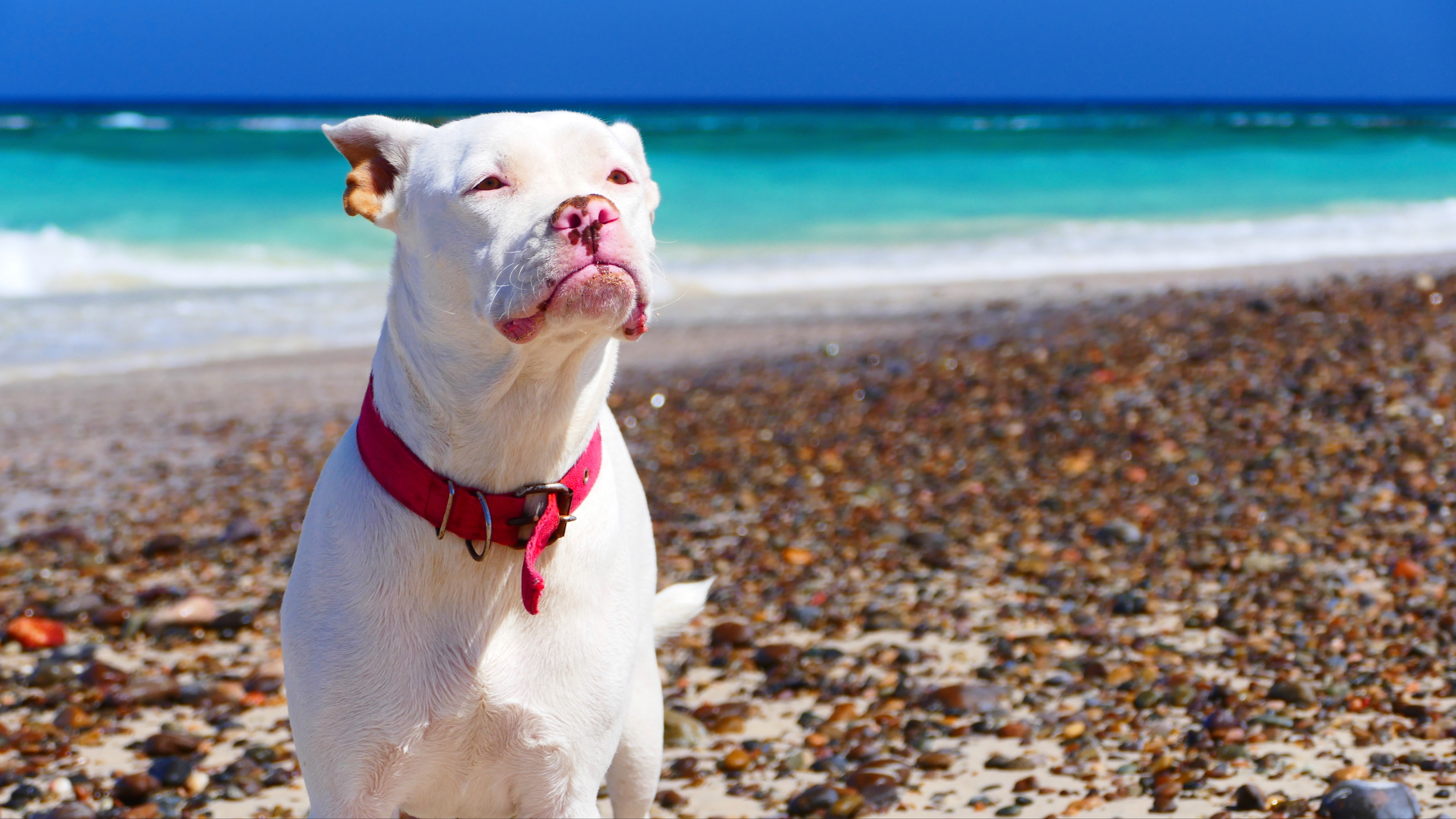
Albino dogs have super sensitive skin, so it’s worth being aware of this if you plan to welcome one of these little sweethearts into your home. This sensitivity is due to a lack of melanin (the substance that functions as a natural filter against ultraviolet rays) which makes albino dogs more susceptible to sunburn and skin cancer.
27. They need gentle socialization
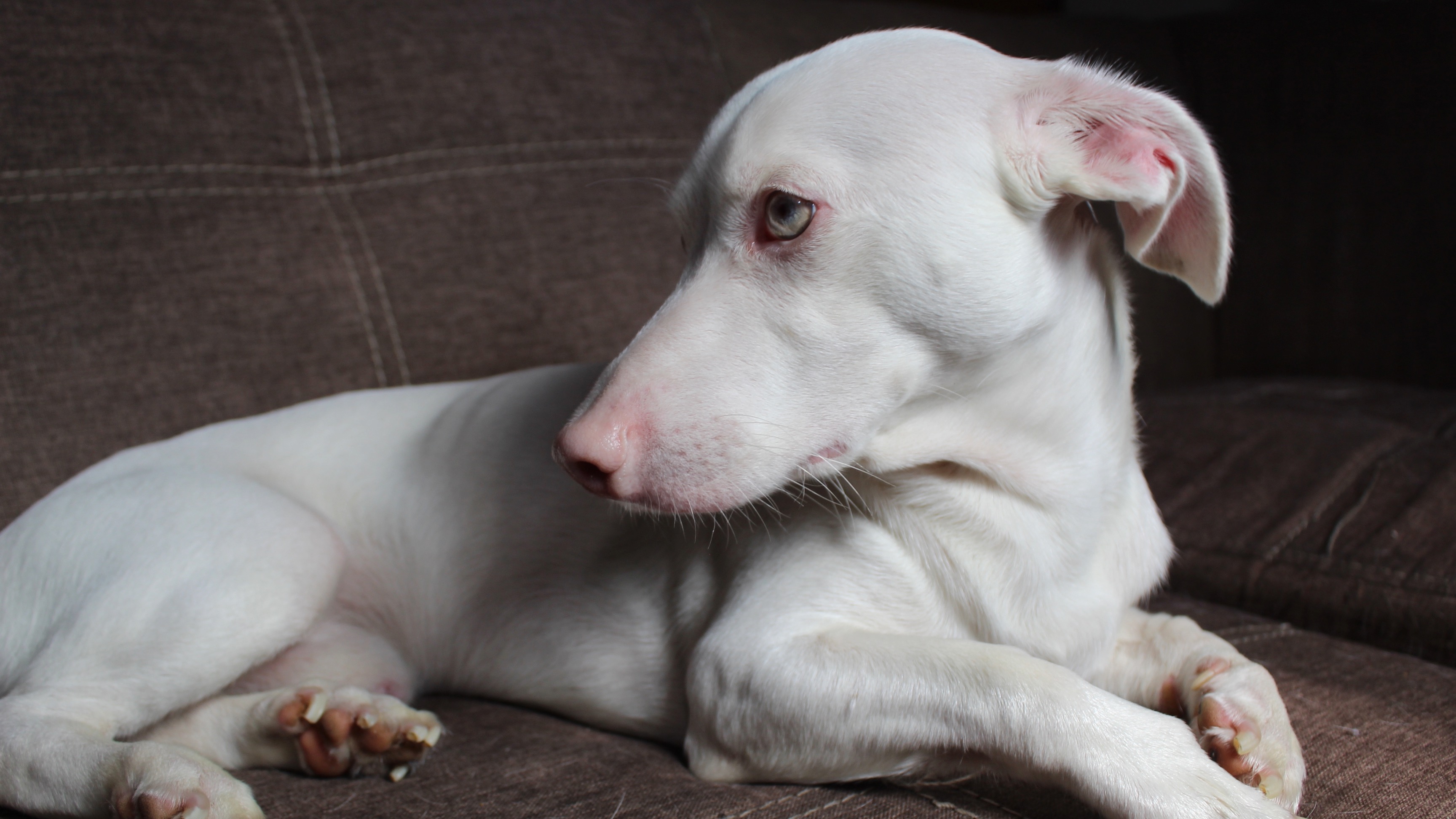
Because they’re at greater risk for vision and hearing issues, dogs with albinism may experience greater levels of stress and anxiety when placed in new situations. To help them feel at ease, one of our top tips for socializing a puppy with albinism is to expose them to new environments, dogs, and people slowly as this will help them feel more comfortable.
28. May require special accommodations when training
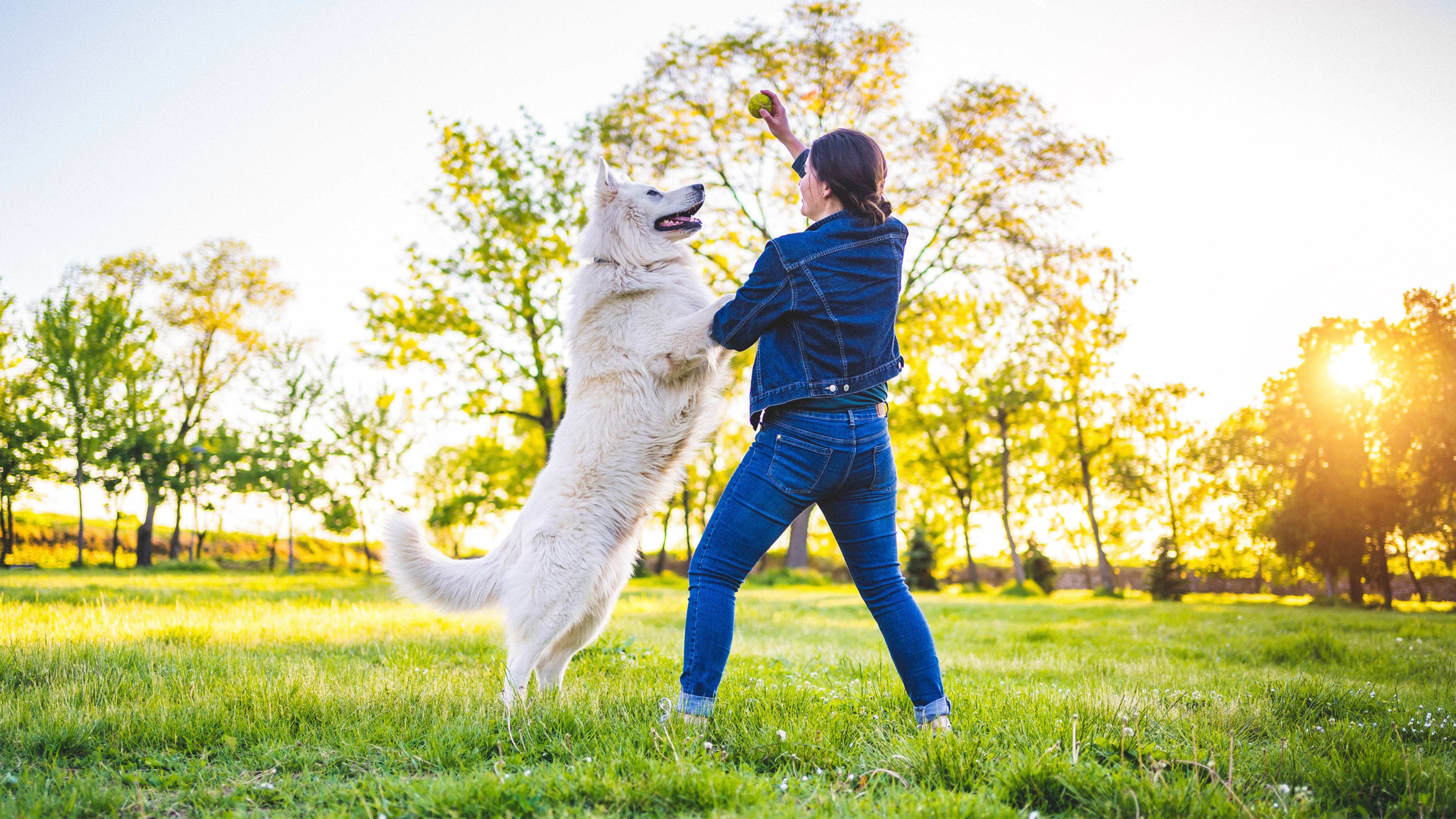
There are lots of practical tips for training your dog on your own, but most of these apply to pups that don’t have additional needs. When it comes to training a dog with albinism, be prepared for the fact that you may need to make adjustments to how you train – particularly if your dog struggles with their vision.
Don’t be afraid to seek out the support of a specialized trainer who has experience working with special needs dogs.
29. Breeding is discouraged

Because albino dogs are at greater risk of a whole host of potential health issues, breeding is discouraged. Thankfully, most breeders who are concerned with a dog having good health are on board with this, which is why albinism remains so rare.
30. Mental stimulation is important
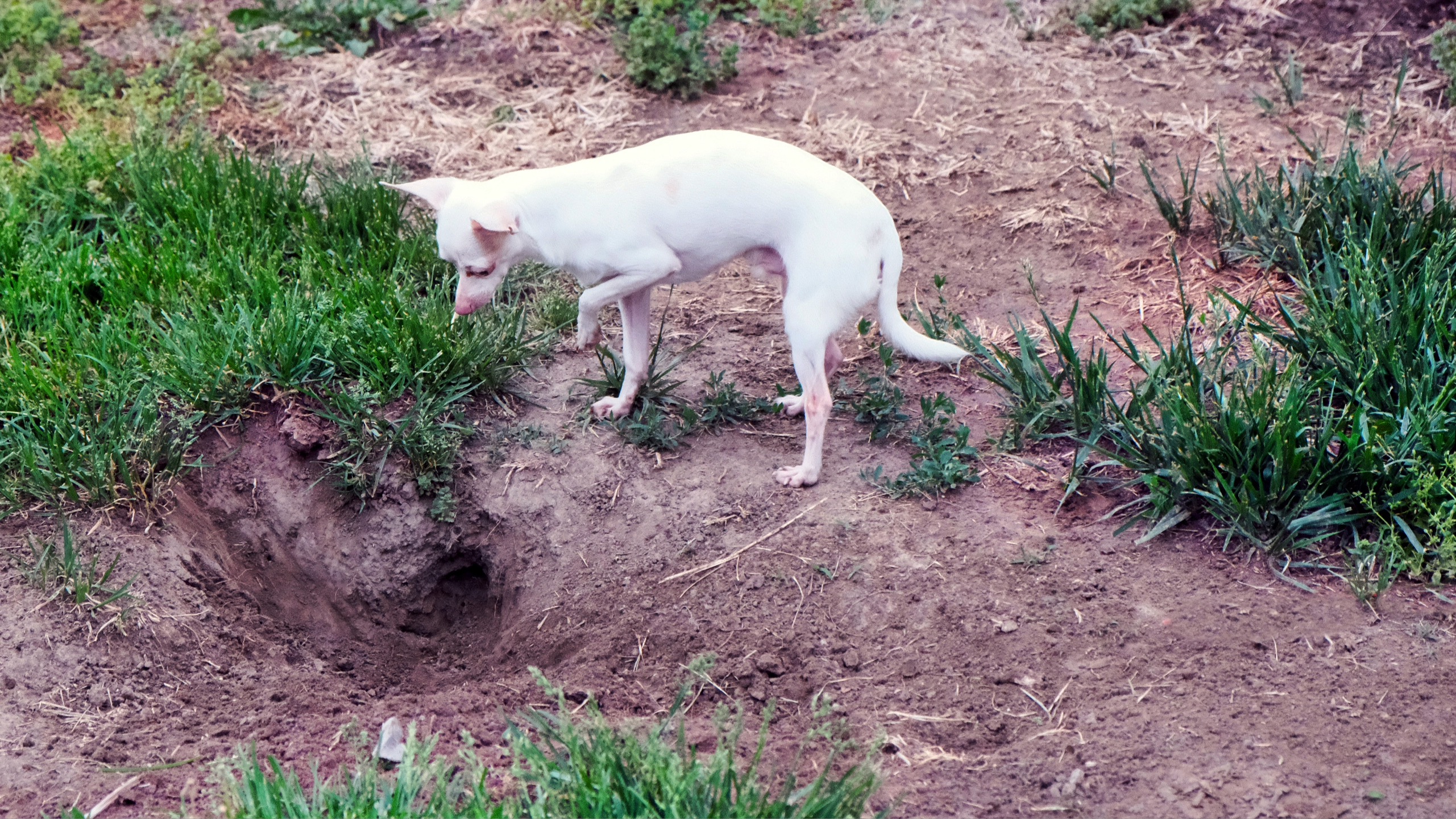
Mental enrichment is vital for all dogs, regardless of their breed and whether or not they have albinism. Giving your pup’s brain a good workout is a brilliant way to relieve stress, banish boredom, and prevent unwanted behaviors. It’s particularly important for dogs with albinism who may not be able to spend as much time outdoors as their canine brothers and sisters.
Investing in dog puzzle toys, creating space outside to let your dog dig, giving them time on a walk to sniff, or playing indoor games for dogs are all great ways of offering your pup mental stimulation.
31. If you’re looking for an indoor dog, they’re a great choice

While a dog with albinism will still require daily exercise in the great outdoors, their sensitive skin means they can’t stay outside for long periods like many other dogs can. Because of that, they can make wonderful companions for people who spend a large chunk of their day indoors.
32. You’ll still need to meet their breed-specific needs

Remember, albinism isn’t a breed in itself – instead, it’s a condition that can affect any breed. This means you can get albino French Bulldogs, albino dachshunds and albino doberman pinschers.
All of these breeds have very different needs, so be sure that you’re meeting these as well as meeting the additional responsibilities that come with owning an albino dog.

Kathryn is a freelance writer who has been a member of the PetsRadar family since it launched in 2020. Highly experienced in her field, she's driven by a desire to provide pet parents with accurate, timely, and informative content that enables them to provide their fur friends with everything they need to thrive.
Kathryn works closely with vets and trainers to ensure all articles offer the most up-to-date information across a range of pet-related fields, from insights into health and behavior issues to tips on products and training.
When she’s not busy crafting the perfect sentence for her features, buying guides and news pieces, she can be found hanging out with her family (which includes one super sassy cat and a kitten), drinking copious amounts of Jasmine tea and reading all the books.
She has written for a range of publications, including Fit&Well, Top Ten Reviews, LiveScience, Goodto, and Product Hunt.
